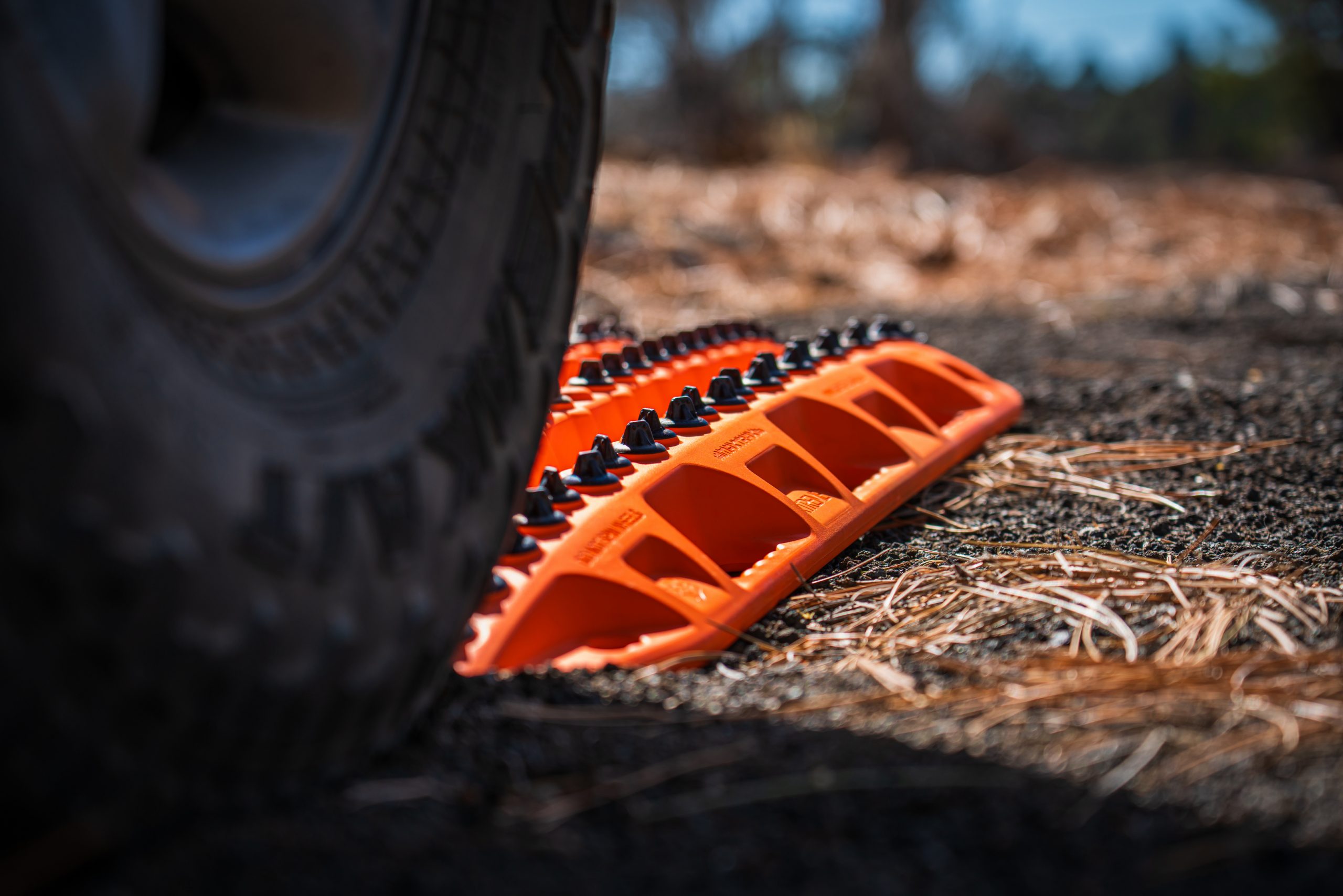[vc_row][vc_column][vc_column_text]We’ve tried them all. From the venerable “wheelie bin” offerings from South Africa and Australia to the old Trasharoo, we’ve seen and tested them all. Truth is, they all work. Many people just use them for trash and other light duty items, but we wanted a bag that could carry more and do more. We needed one to last longer outdoors while also giving us options for mounting beyond just the spare tire.
The search for something better started with a discussion over on our forum. What did our members want? What features are they interested in? We reached out to several companies in the US as well as Australia and South Africa with our crowd sourced inputs. After months of emails and lip service, one company actually listened. And they didn’t just listen or talk, they actually went to work.[/vc_column_text][vc_single_image image=”10454″ img_size=”full”][vc_column_text]Enter the Last US Made Bag Company:
“The Last US Bag Company was founded in Portland, Oregon in 2001 as an OEM soft goods manufacturer for military and commercial purposes. Over the years, LUSB has developed a proprietary brand of products that spans the retail and industrial markets, including renewable energy, aerospace, tactical, and commercial markets. LUSB’s products can be found globally and have even orbited the Earth. Our commitment is to building quality manufactured products in the USA, employing as many as we can at living wages, and reducing consumption of textiles through responsible design engineering.
Today, LUSB resides in a 30k square foot manufacturing facility in Vancouver, WA and employs roughly 30 people, give or take. We like to work hard and encourage each other to grow both personally and professionally, and we love the Northwest corner of the US and enjoy the many outdoor activities this area affords. If you are ever in town, come by and see us! We love to have visitors!”[/vc_column_text][vc_single_image image=”10442″ img_size=”full”][vc_column_text]What Last US Bag came up with is something they’re calling “Oscar’s Mobile Hideout”. The concept is straightforward, yet complex in execution – provide a solution to the demand signal for an all-purpose spare tire/ladder/rack attached utility bag for anything you might need on the trail. Firewood hauler, recovery gear, tools, nerf guns, slain deer, camp chairs, chain saw, kitchen sink, wag bags, extra children. Whatever.
It needed to be made out of something strong in case you decide to throw a 5 gallon fuel or water can in there. And it had to be able to be left out in the sun, able to get dirty, and ready to hose out and go again. So they listened to all those crazy ideas and made it happen. And they made it out of a heavy duty 18 oz poly reinforced vinyl that is highly durable, won’t absorb odors, resists fading, and is resistant to chemicals.[/vc_column_text][vc_single_image image=”10440″ img_size=”full”][/vc_column][/vc_row][vc_row][vc_column][vc_column_text]They sent us a test mule for this review and we drug it from Florida to Arizona and back again over a nine day trip. We used it on Padre Island and Big Bend National Park in Texas, and it made a public debut at the 2020 Desert Rendezvous in the Arizona desert. Features on this current iteration include:
- 22w x 24h x 8d
- Poly-no-stretch webbing attachment with ITW buckles
- Poly vinyl mesh outer pockets
- Poly vinyl mesh interior lid pocket
- BIG dual vertical front locking zippers for easy access to inside of bag
- Top cinch retention gasket
- Interior loops for securing a trash bag with carabiners
- Center strap closure
- Bow saw sized slip pocket with cutting board/frame sheet
- Side compression straps
- Reflective trim
- D-Rings for exterior lashing
- Grab handle on top for carrying, or hanging from a tree in bear country
- Bottle opener. Yes, you read that right!
[/vc_column_text][vc_masonry_media_grid element_width=”6″ grid_id=”vc_gid:1585249871671-78419230-fa84-7″ include=”10453,10452″][vc_masonry_media_grid grid_id=”vc_gid:1585249871673-1fa9b04a-4cc6-8″ include=”10443,10451,10450″][vc_masonry_media_grid element_width=”6″ grid_id=”vc_gid:1585249871675-d5055f14-9b42-9″ include=”10444,10441″][vc_masonry_media_grid grid_id=”vc_gid:1585249871676-df97d21a-d776-8″ include=”10442,10448,10447″][vc_masonry_media_grid element_width=”6″ grid_id=”vc_gid:1585249871678-34e55bbc-41bb-2″ include=”10446,10445″][vc_column_text]What would we change?
#1 is bomb proof metal buckles and strap mounts. Most of us would appreciate the option to upgrade those at checkout. More diversity in colorway options like black, gray and desert tan would be appreciated as well. The evolution of the mounting system to include a way to mount to tailgates like the Jeep Gladiator etc. Maybe a quick detach system across all mounting types. Being able to clip it on or off rather than wrangle straps when it’s go time would be a major edge over other offerings.[/vc_column_text][vc_column_text]The bottom line:
For an “early iteration”, they came close to hitting every check box. This bodes well for the future of this bag, and for the Last US Bag Company. Their goal is clear here: A bag that provides utility across the spectrum from SUV to pickup to vans, or even traditional campers.
Everybody needs a bag like this on trips to pack out more than you packed in!
Please Tread Lightly because if we don’t there will be locked gates ahead for all of us and Closure is not the Answer!
[/vc_column_text][vc_masonry_media_grid element_width=”6″ grid_id=”vc_gid:1585249871680-515fae7f-0973-4″ include=”10438,10437″][vc_column_text]Full disclosure: This bag was provided at no cost to the author or American Adventurist for the purposes of an independent review, and to provide feedback for inclusion in the development of future versions.
Photos by Richard Soohoo[/vc_column_text][/vc_column][/vc_row][vc_row][vc_column][vc_single_image image=”10436″ img_size=”full”][/vc_column][/vc_row]
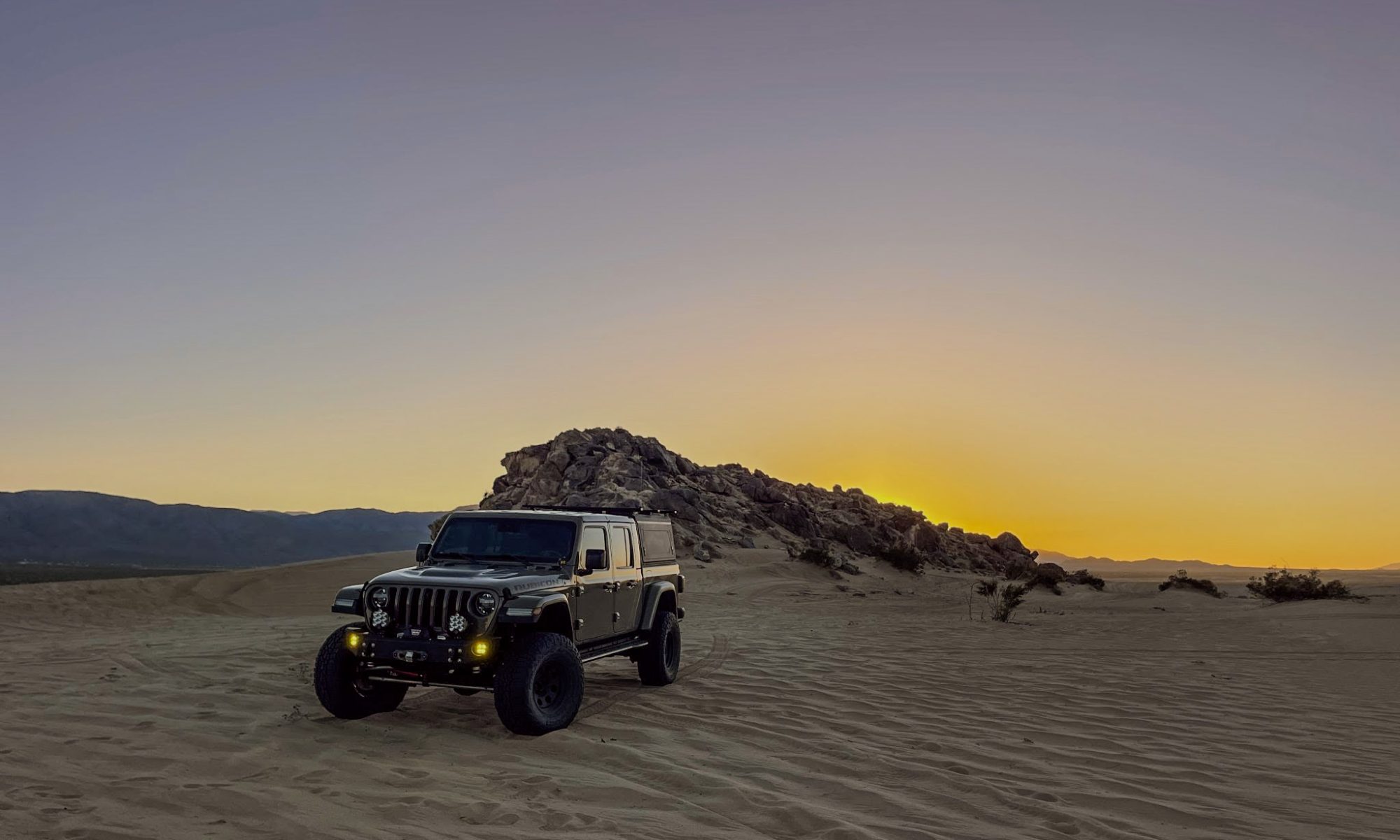




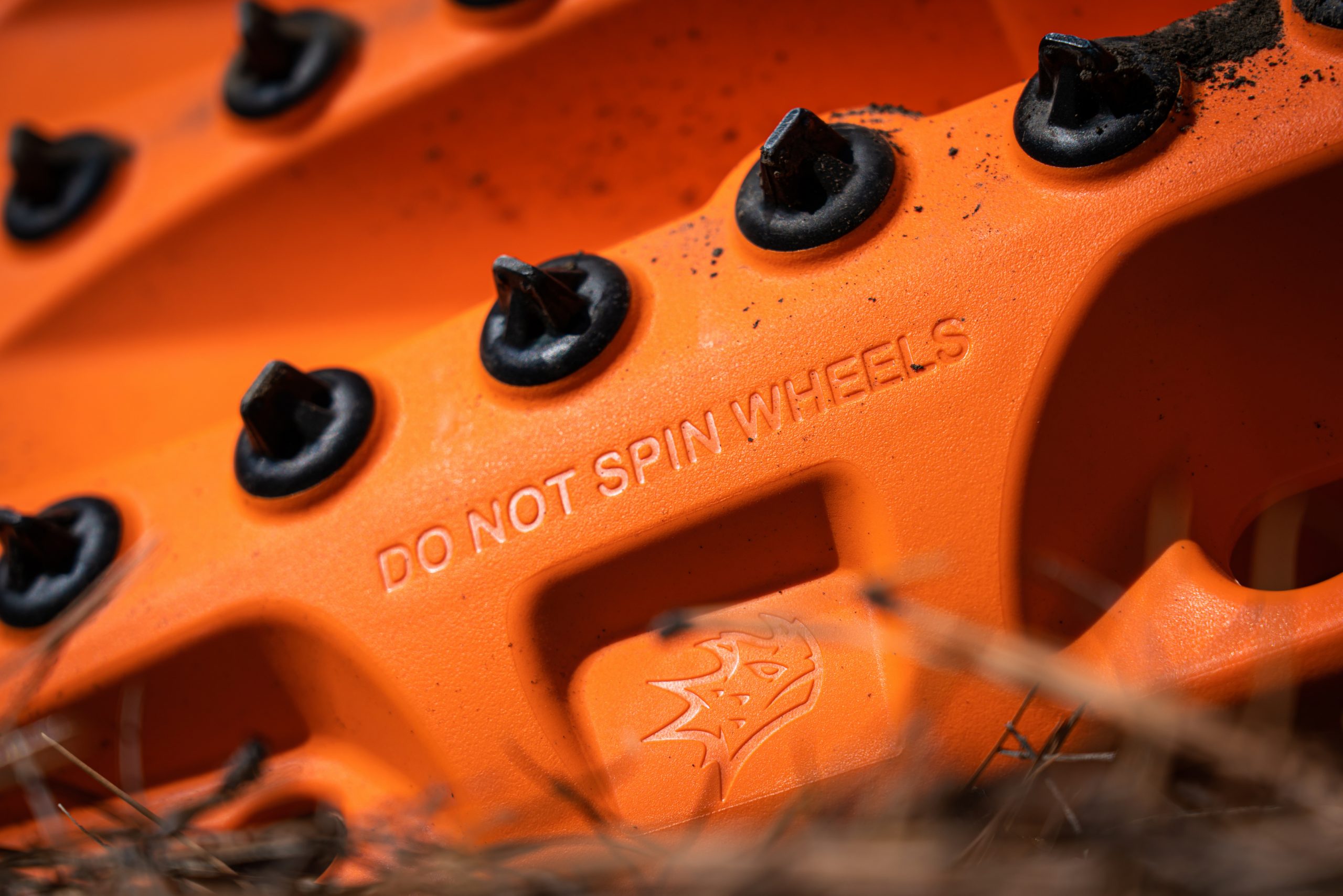
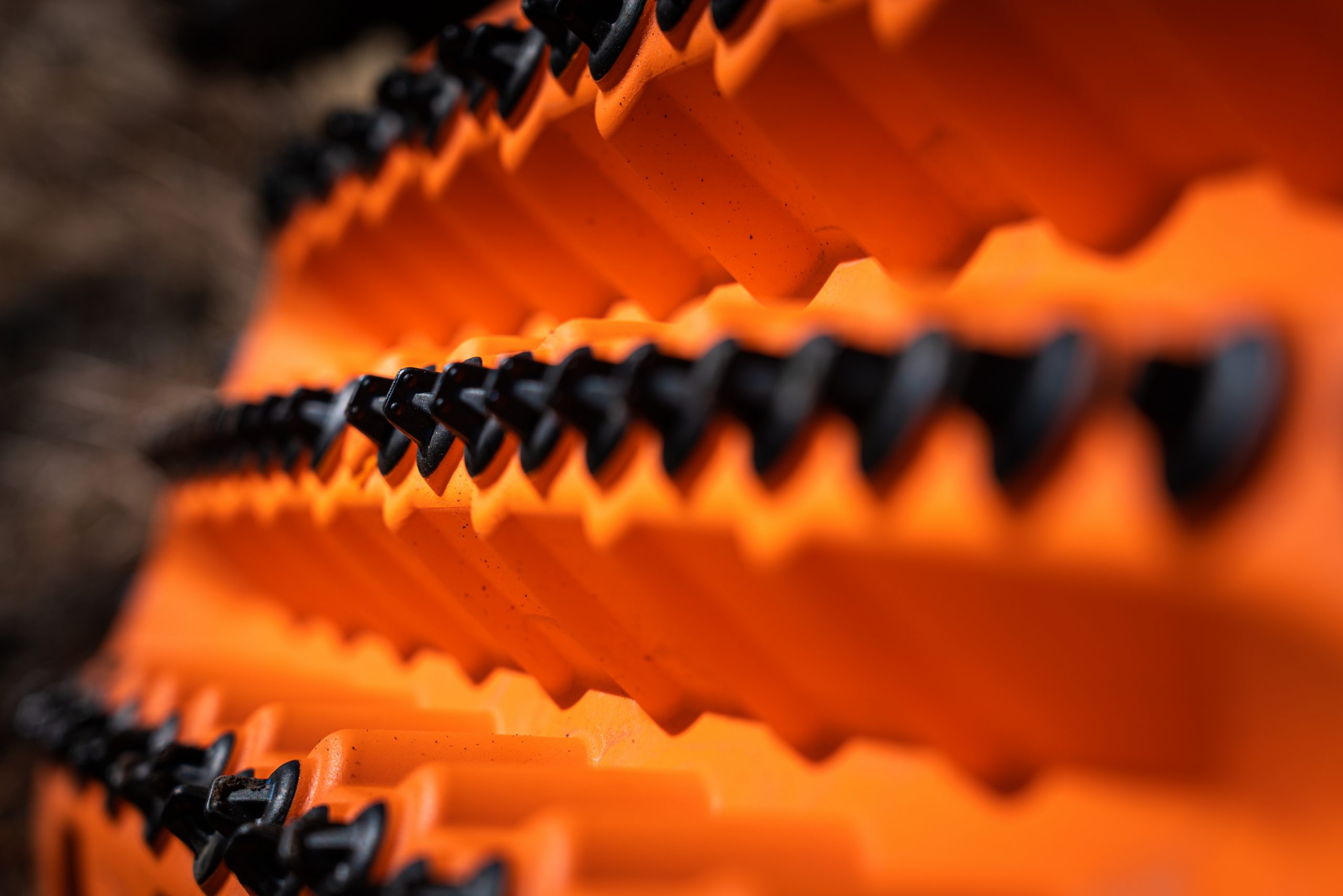
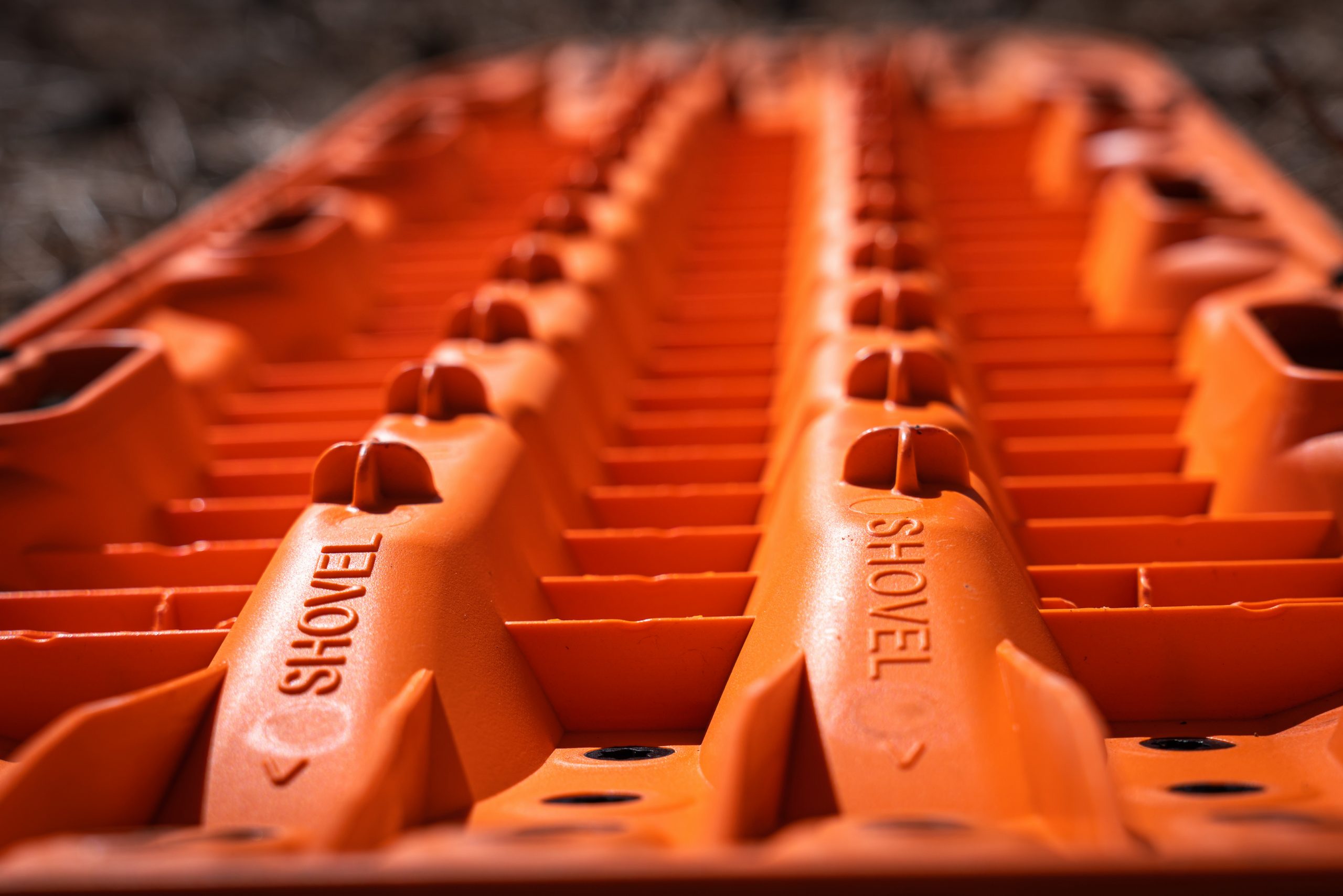
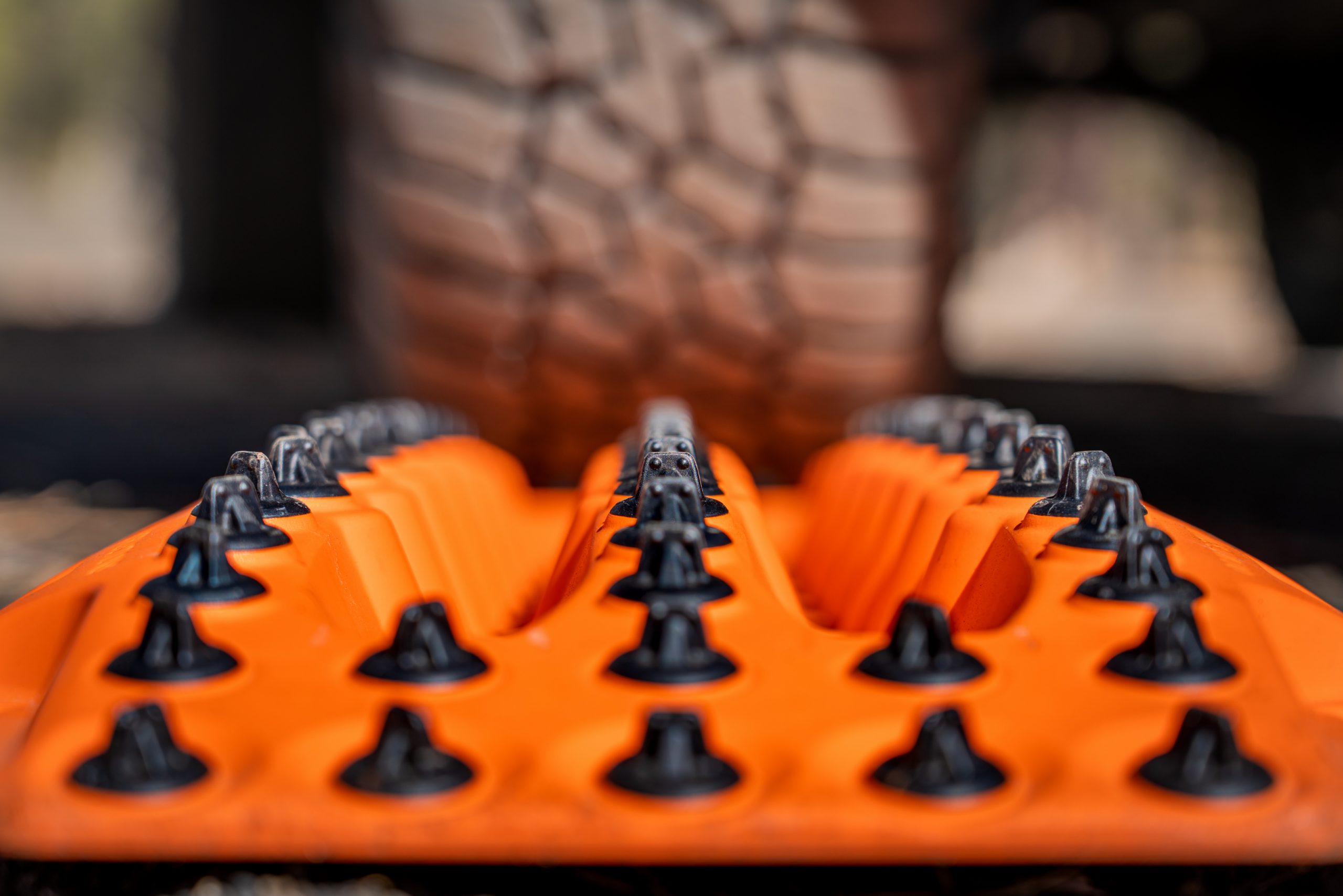
 My buddy didn’t make it through the snowbank. With the sound of wet snow sliding and then returning to its resting state of semi-cured concrete, my buddy’s truck came to a stop high-centered on the snowbank. And people were watching. Moments ago, we had assured these onlookers that we knew what we were doing, and that we weren’t some YOLO-seeking idiots out to go further than anyone else had down a road blocked with snowbanks for the ‘Gram. (Full disclosure: My buddy owns land at the end of this road. No road closures or other regulations were violated).
My buddy didn’t make it through the snowbank. With the sound of wet snow sliding and then returning to its resting state of semi-cured concrete, my buddy’s truck came to a stop high-centered on the snowbank. And people were watching. Moments ago, we had assured these onlookers that we knew what we were doing, and that we weren’t some YOLO-seeking idiots out to go further than anyone else had down a road blocked with snowbanks for the ‘Gram. (Full disclosure: My buddy owns land at the end of this road. No road closures or other regulations were violated).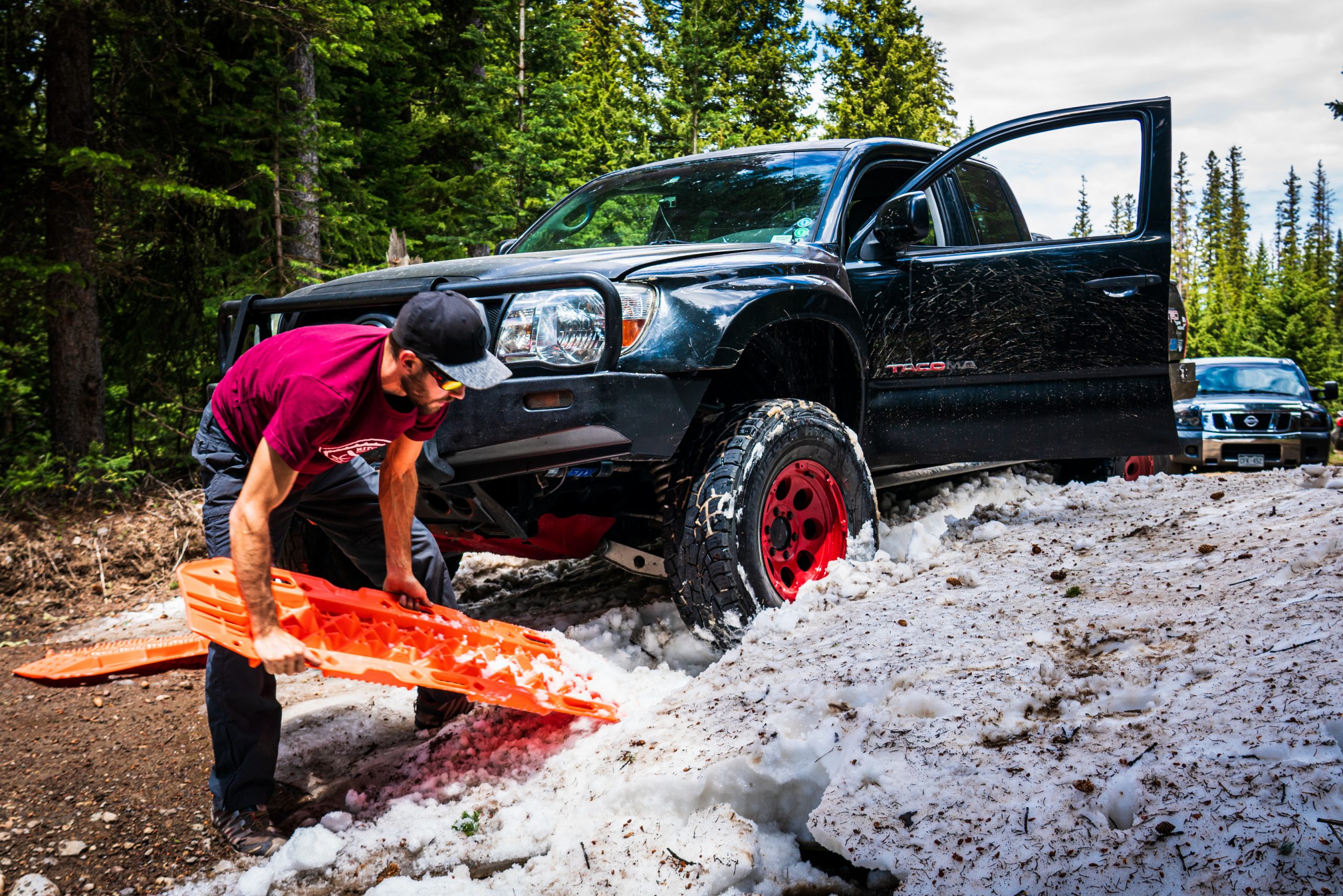 With a bit of shoveling and his Maxsas in place, my buddy tried to move his truck forward, but his tires couldn’t grip the non-existent teeth featured on Amazon’s Choice for recovery boards. More shoveling ensued to provide better placement for the Maxsas and less drag on the vehicle. Speedy recovery wasn’t happening, so I took more photos..
With a bit of shoveling and his Maxsas in place, my buddy tried to move his truck forward, but his tires couldn’t grip the non-existent teeth featured on Amazon’s Choice for recovery boards. More shoveling ensued to provide better placement for the Maxsas and less drag on the vehicle. Speedy recovery wasn’t happening, so I took more photos.. While my buddy’s tires are admittedly tired (see what I did there) and not aired down as far as they could be, they were still completely unable to grab any sort of meaningful traction from the Maxsa traction boards. When we placed a pair of MAXTRAX XTREME’s in the snow for both of the rear tires to grab, the difference in performance couldn’t have been more drastic. The truck’s tires grabbed the alloy teeth like they were magnetically attracted to each other and my buddy’s truck was instantly able to move forward onto dry ground and freedom.
While my buddy’s tires are admittedly tired (see what I did there) and not aired down as far as they could be, they were still completely unable to grab any sort of meaningful traction from the Maxsa traction boards. When we placed a pair of MAXTRAX XTREME’s in the snow for both of the rear tires to grab, the difference in performance couldn’t have been more drastic. The truck’s tires grabbed the alloy teeth like they were magnetically attracted to each other and my buddy’s truck was instantly able to move forward onto dry ground and freedom.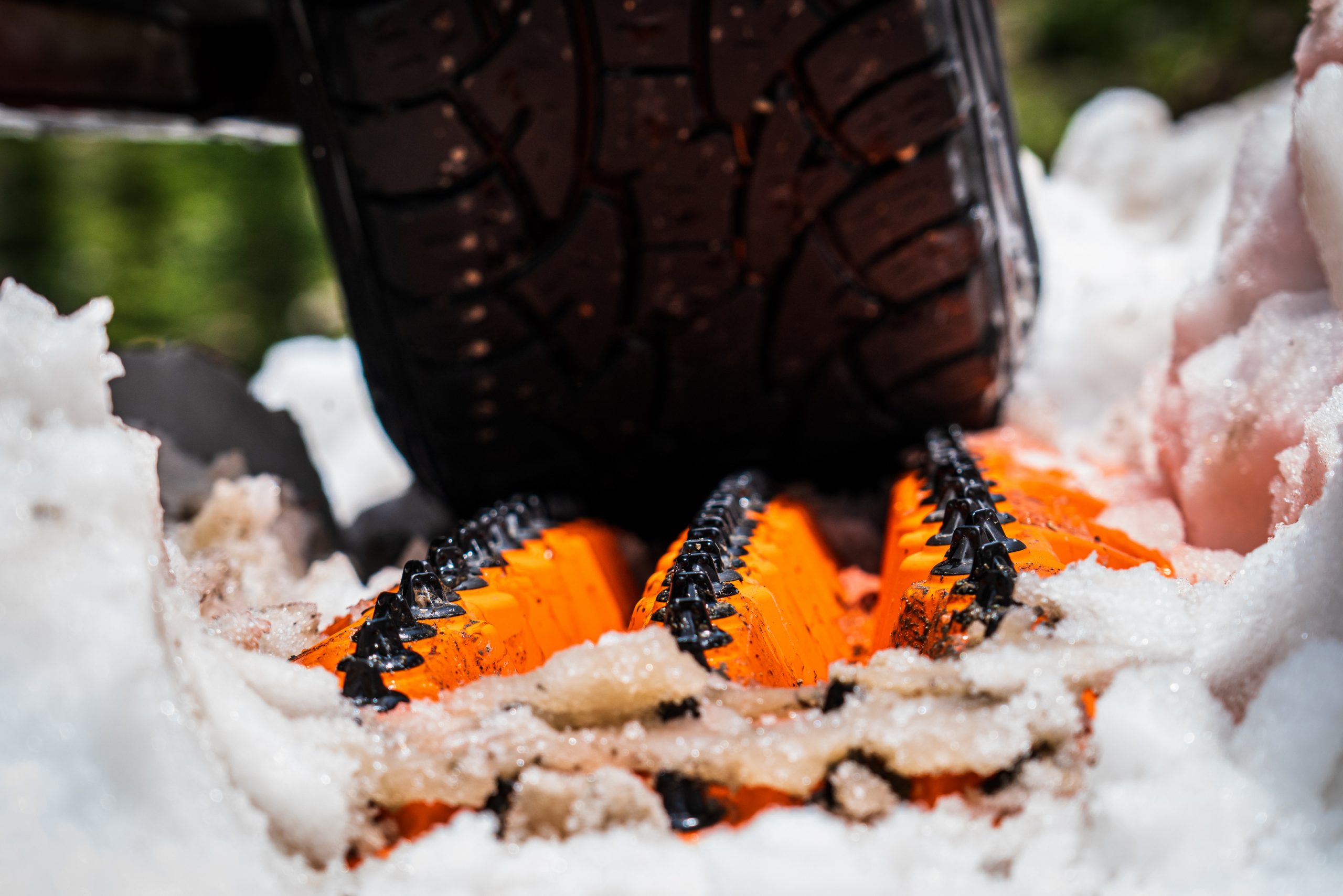
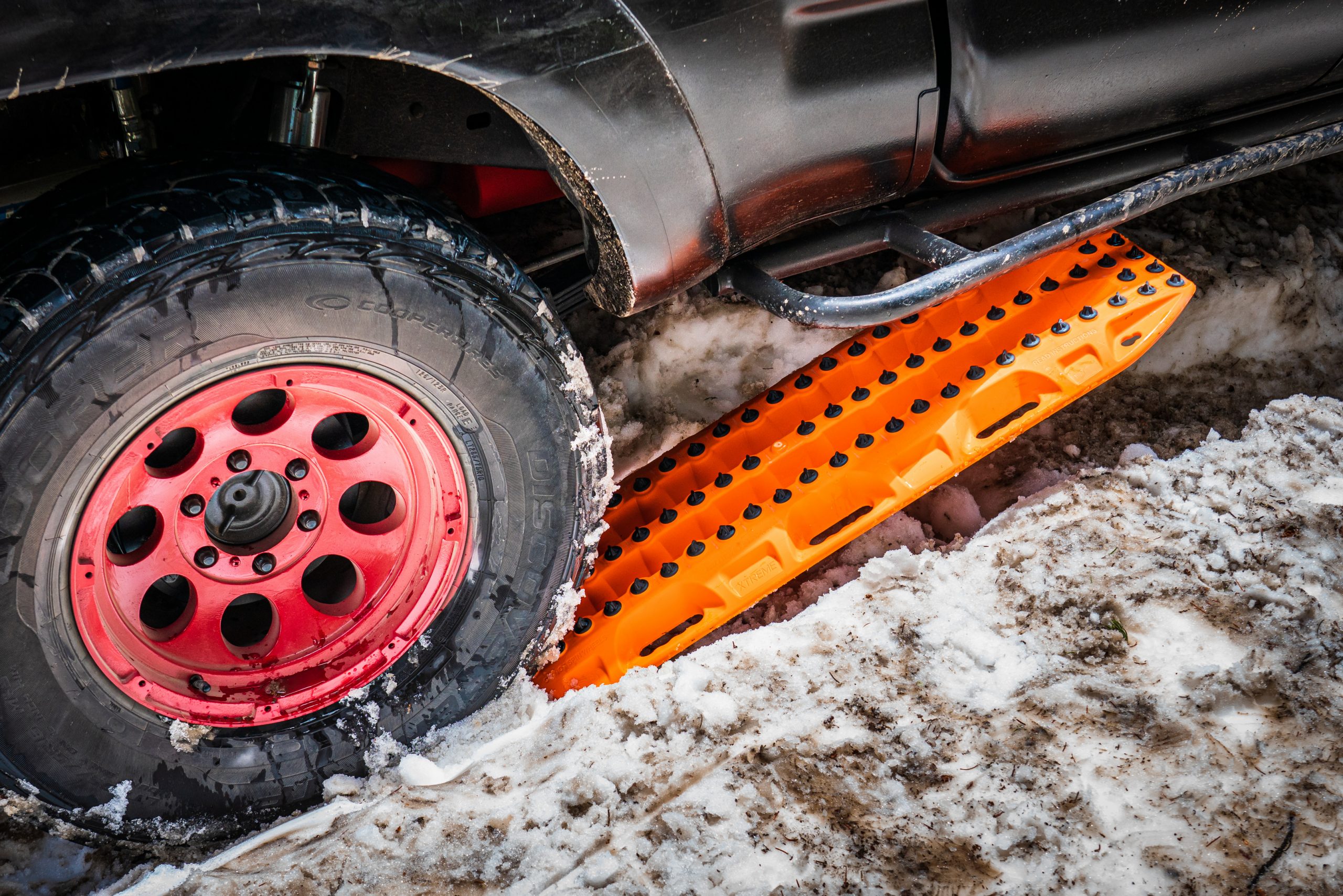
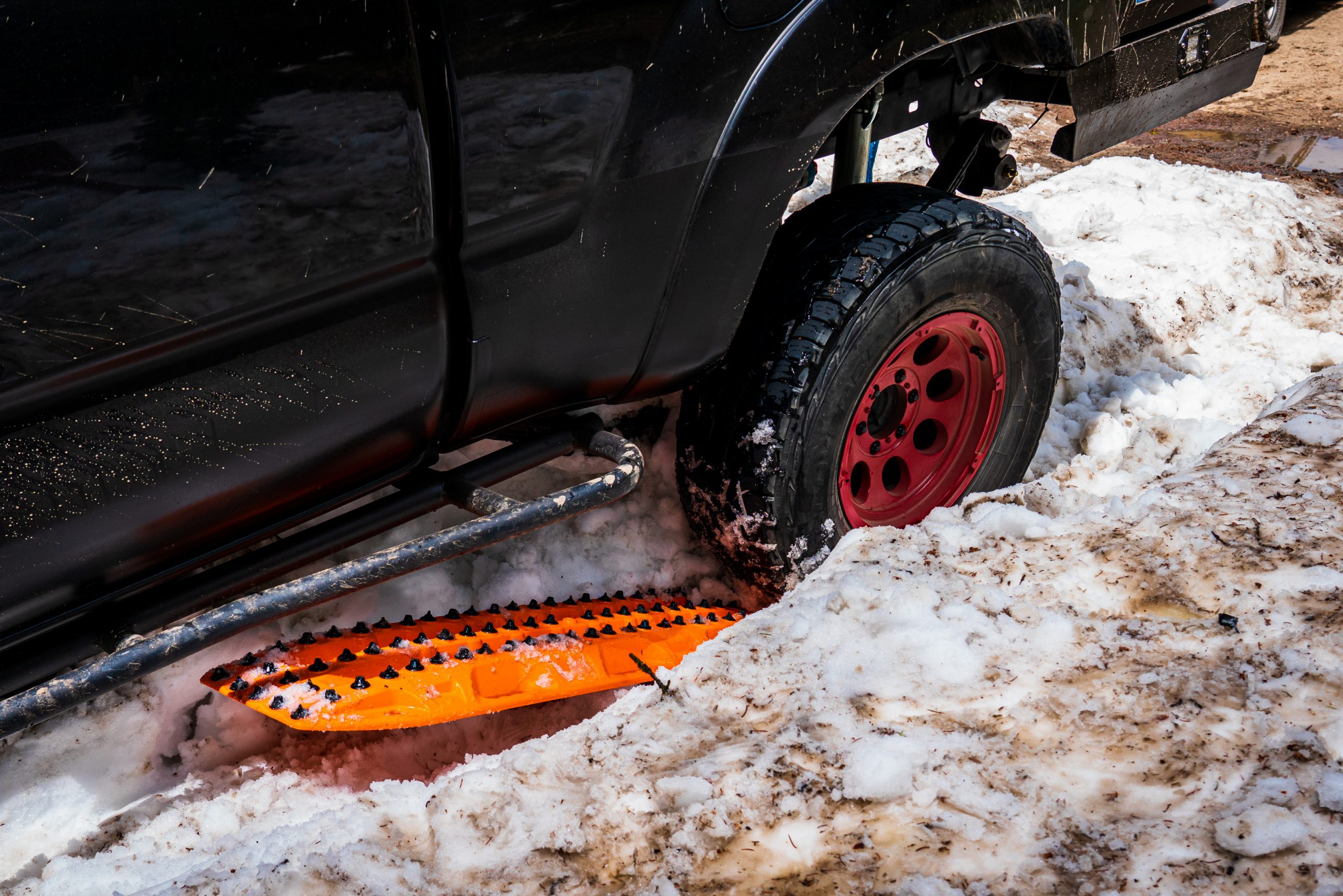
 We passed all three of our vehicles over this first snowbank and made it all of 60 yards down the road before we had to negotiate our next snowbank. Again, we employed the XTREME’s to help us quickly negotiate successive snowbanks as we continued to make progress down the road. On larger snowbanks and snowdrifts, progress was limited to the length of road we could make with all of our vehicle recovery boards, which provided a great opportunity to compare all of the different recovery boards back to back. To put it bluntly, the difference in performance is night and day.
We passed all three of our vehicles over this first snowbank and made it all of 60 yards down the road before we had to negotiate our next snowbank. Again, we employed the XTREME’s to help us quickly negotiate successive snowbanks as we continued to make progress down the road. On larger snowbanks and snowdrifts, progress was limited to the length of road we could make with all of our vehicle recovery boards, which provided a great opportunity to compare all of the different recovery boards back to back. To put it bluntly, the difference in performance is night and day.
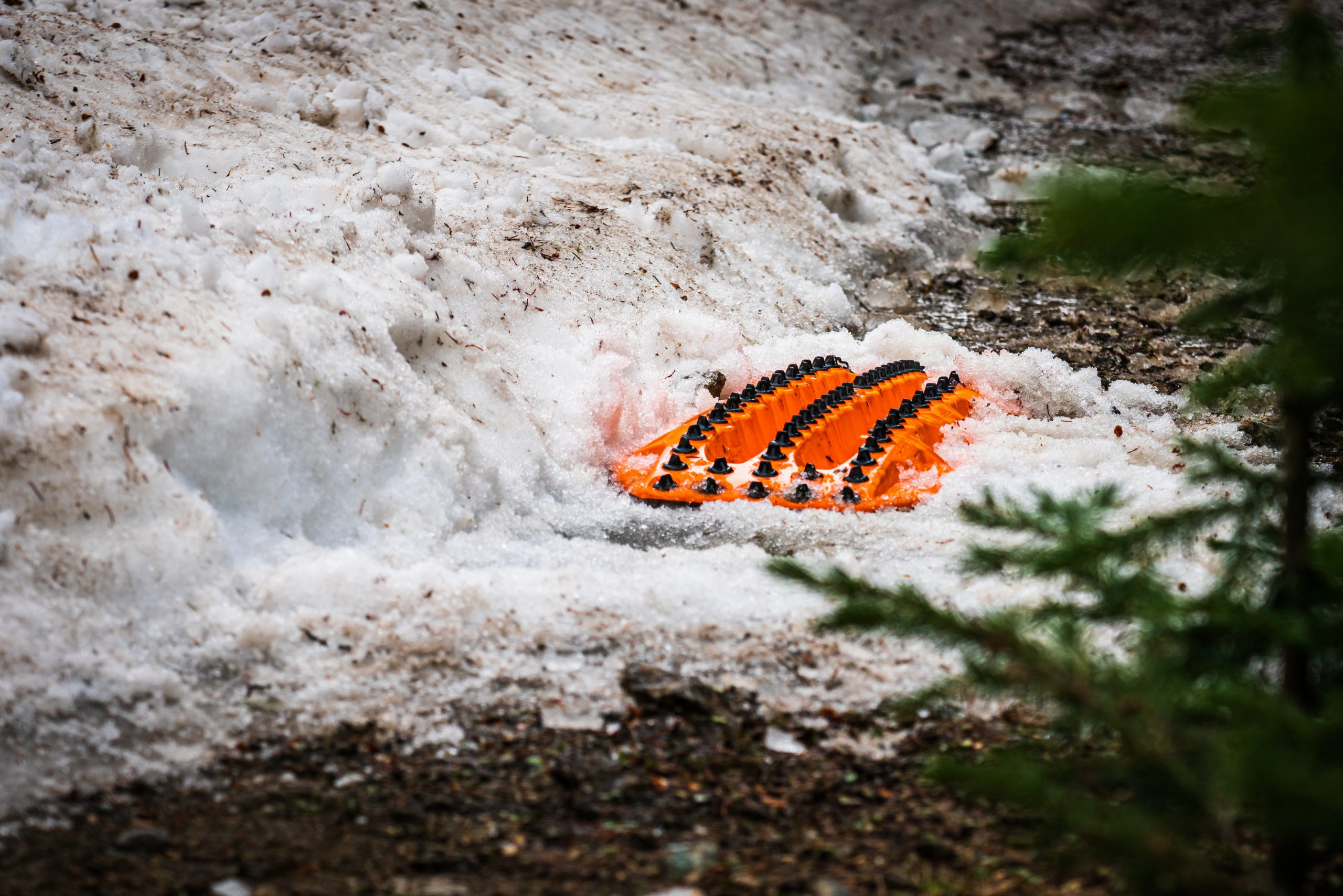


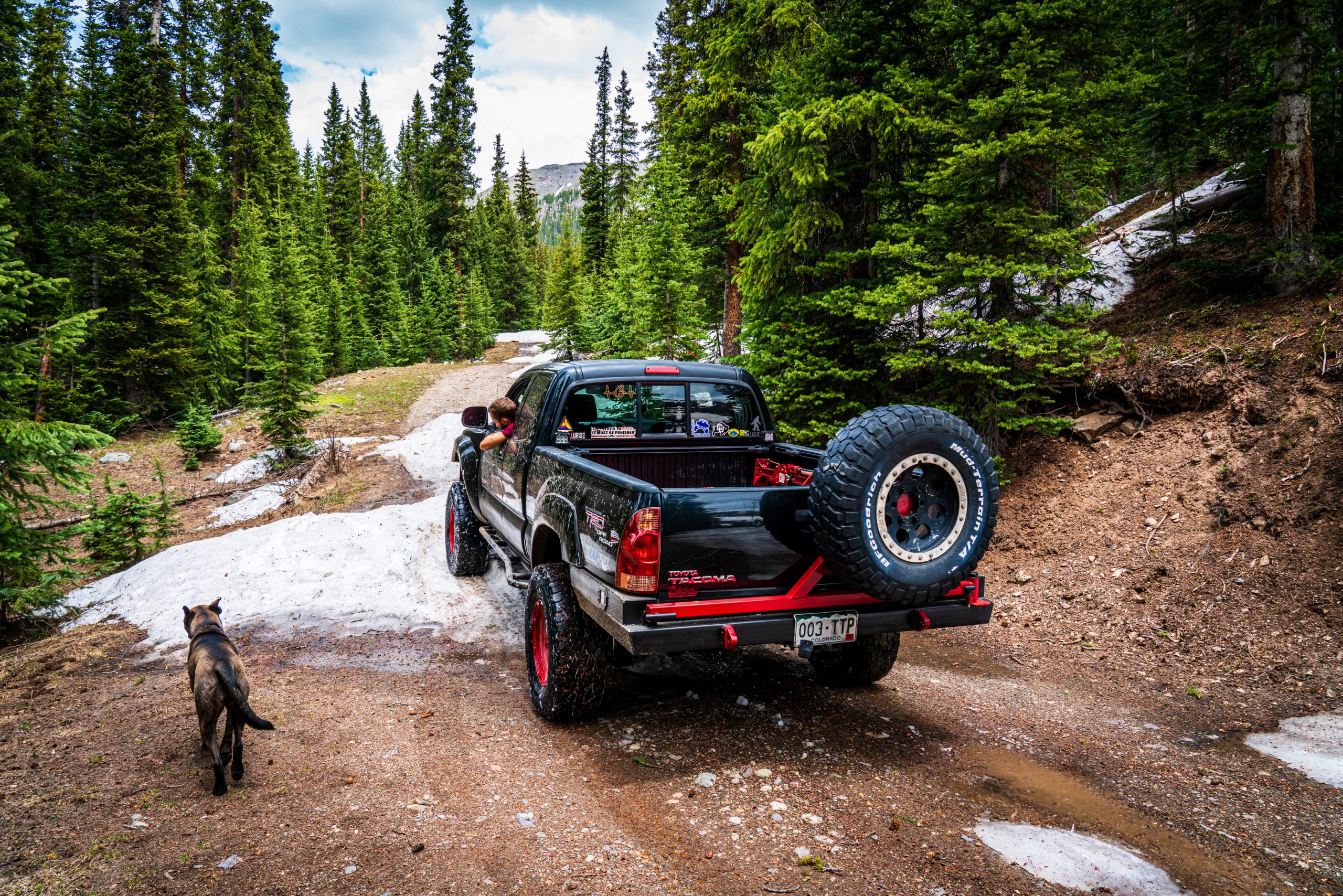

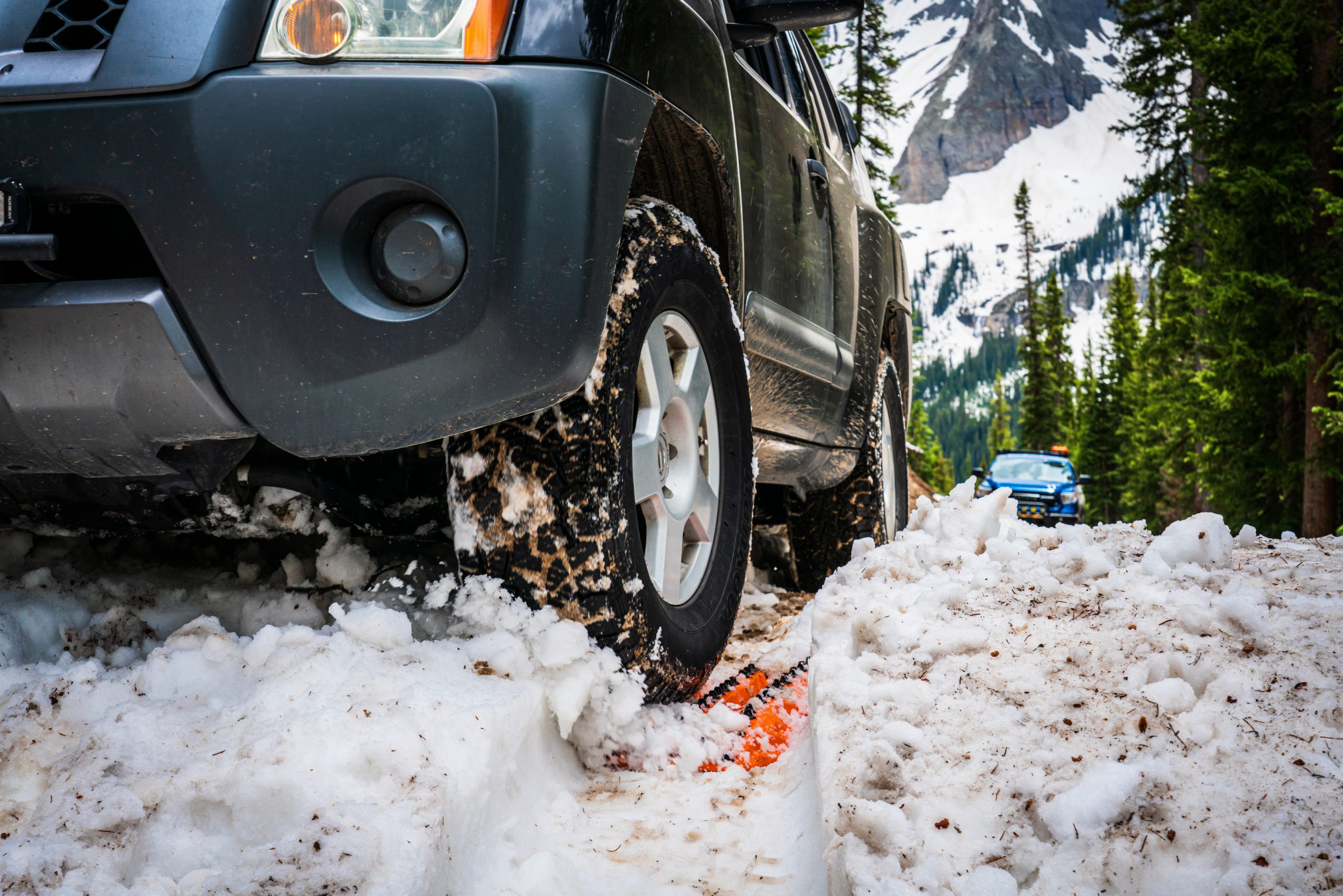



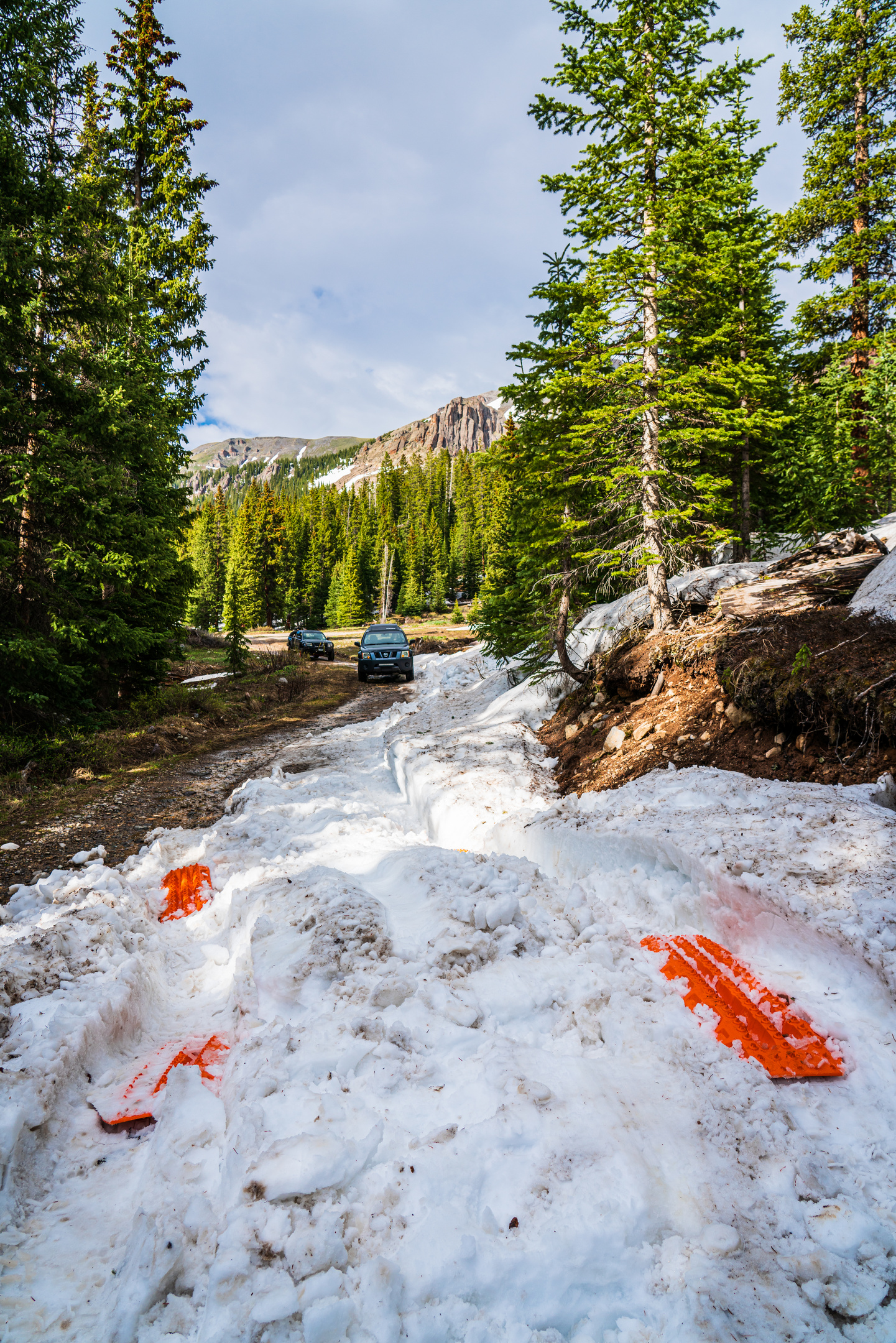 After a full day of MAXTRAX-ing our way through snowbanks, I felt the need to reset my baseline for traction board performance, and so I saved one of the larger snowbanks on our drive out to only use my Mark II’s. With one on each tire, I was able easily climb up and over a large, rutted snowbank. Mark IIs are still great vehicle recovery boards, and after a full day of use, my set looked no worse for wear. The same can’t be said for the Maxsas, which were all showing serious stress-lightening of the plastic. On a scale of 1-10 in super-wet spring snow, the XTREME’s provide traction performance at 10, with Mark II’s a solid 9. We’ll just say that Amazon’s choice may not be the best choice here.
After a full day of MAXTRAX-ing our way through snowbanks, I felt the need to reset my baseline for traction board performance, and so I saved one of the larger snowbanks on our drive out to only use my Mark II’s. With one on each tire, I was able easily climb up and over a large, rutted snowbank. Mark IIs are still great vehicle recovery boards, and after a full day of use, my set looked no worse for wear. The same can’t be said for the Maxsas, which were all showing serious stress-lightening of the plastic. On a scale of 1-10 in super-wet spring snow, the XTREME’s provide traction performance at 10, with Mark II’s a solid 9. We’ll just say that Amazon’s choice may not be the best choice here.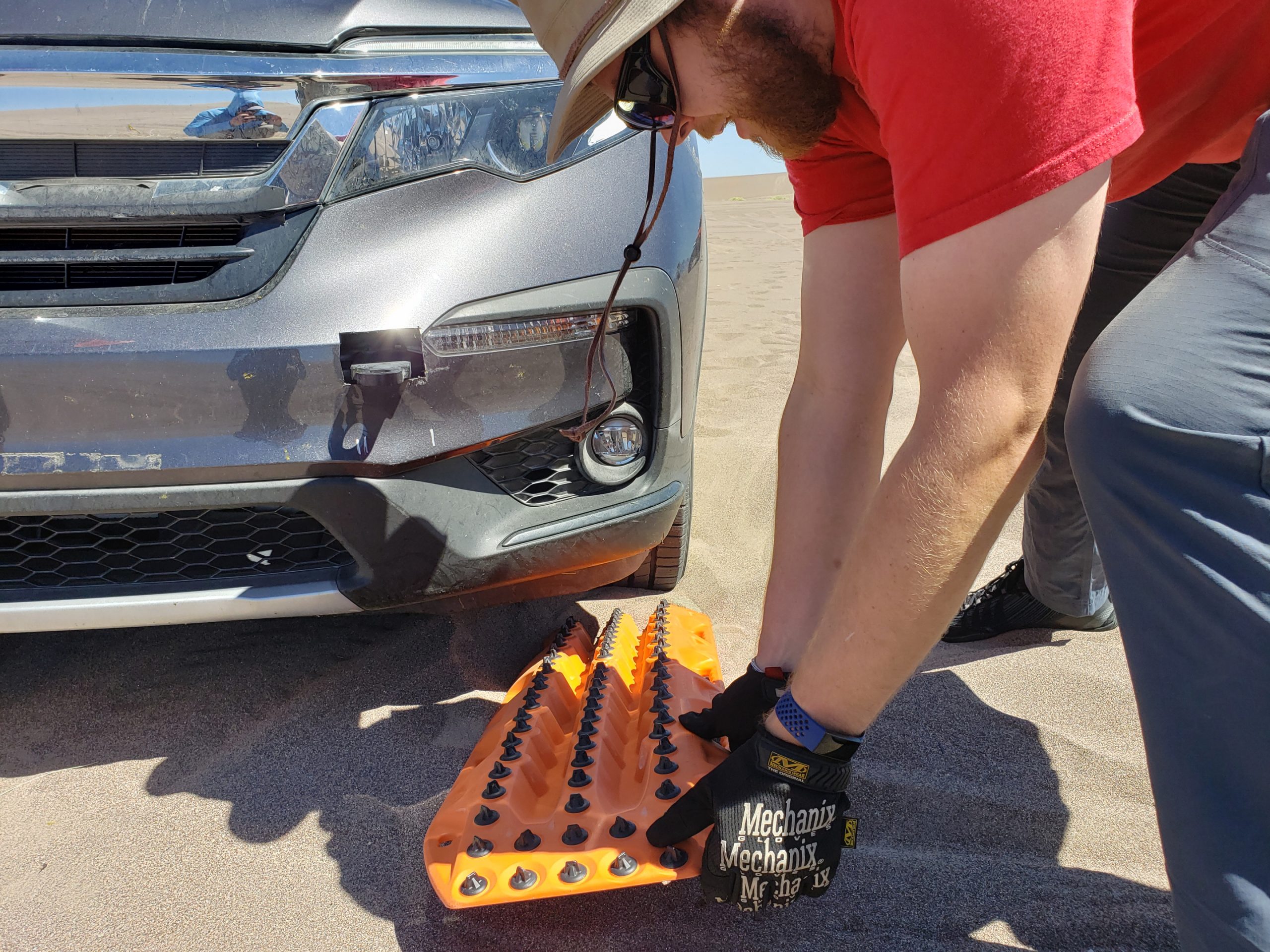 With the new XTREME’s proven in the extreme of constant use in the snow, it was time to take them to another extreme, and put them to work in the sand dunes of Southern Nevada in the middle of summer. With triple digit air temps and the sand considerably warmer, both human and machine were put to the test during a multi-day sand dune driving course. In these conditions, each time a vehicle would get stuck the recovery was an absolute exercise in making an accurate stuck assessment and efficient recovery.
With the new XTREME’s proven in the extreme of constant use in the snow, it was time to take them to another extreme, and put them to work in the sand dunes of Southern Nevada in the middle of summer. With triple digit air temps and the sand considerably warmer, both human and machine were put to the test during a multi-day sand dune driving course. In these conditions, each time a vehicle would get stuck the recovery was an absolute exercise in making an accurate stuck assessment and efficient recovery. In the time that I’ve had the XTREME’s, they’ve proven to be exactly what I hoped they would be – a burlier version of the Mark II’s that retain everything that makes earlier versions great. At every chance I’ve had or created for a vehicle recovery, they have performed flawlessly and are no worse for the wear. Since I’m the guy in my group of local friends who has MAXTRAX, I’m constantly supplying them for recovery situations, and it’s great to have the peace of mind that when I’m helping someone out who isn’t dialed in on proper MAXTRAX usage, or is just a little to high-strung at the moment, accidental wheelspin isn’t going to roast my traction boards. Do I still use and carry my Mark IIs? Absolutely. They’re awesome and the ace up my sleeve for when stuck happens to me. Yet, when I’m heading out knowing that I’m going to be the guy providing the MAXTRAX for any recoveries that may occur, I’ll toss in the XTREME’s.
In the time that I’ve had the XTREME’s, they’ve proven to be exactly what I hoped they would be – a burlier version of the Mark II’s that retain everything that makes earlier versions great. At every chance I’ve had or created for a vehicle recovery, they have performed flawlessly and are no worse for the wear. Since I’m the guy in my group of local friends who has MAXTRAX, I’m constantly supplying them for recovery situations, and it’s great to have the peace of mind that when I’m helping someone out who isn’t dialed in on proper MAXTRAX usage, or is just a little to high-strung at the moment, accidental wheelspin isn’t going to roast my traction boards. Do I still use and carry my Mark IIs? Absolutely. They’re awesome and the ace up my sleeve for when stuck happens to me. Yet, when I’m heading out knowing that I’m going to be the guy providing the MAXTRAX for any recoveries that may occur, I’ll toss in the XTREME’s.
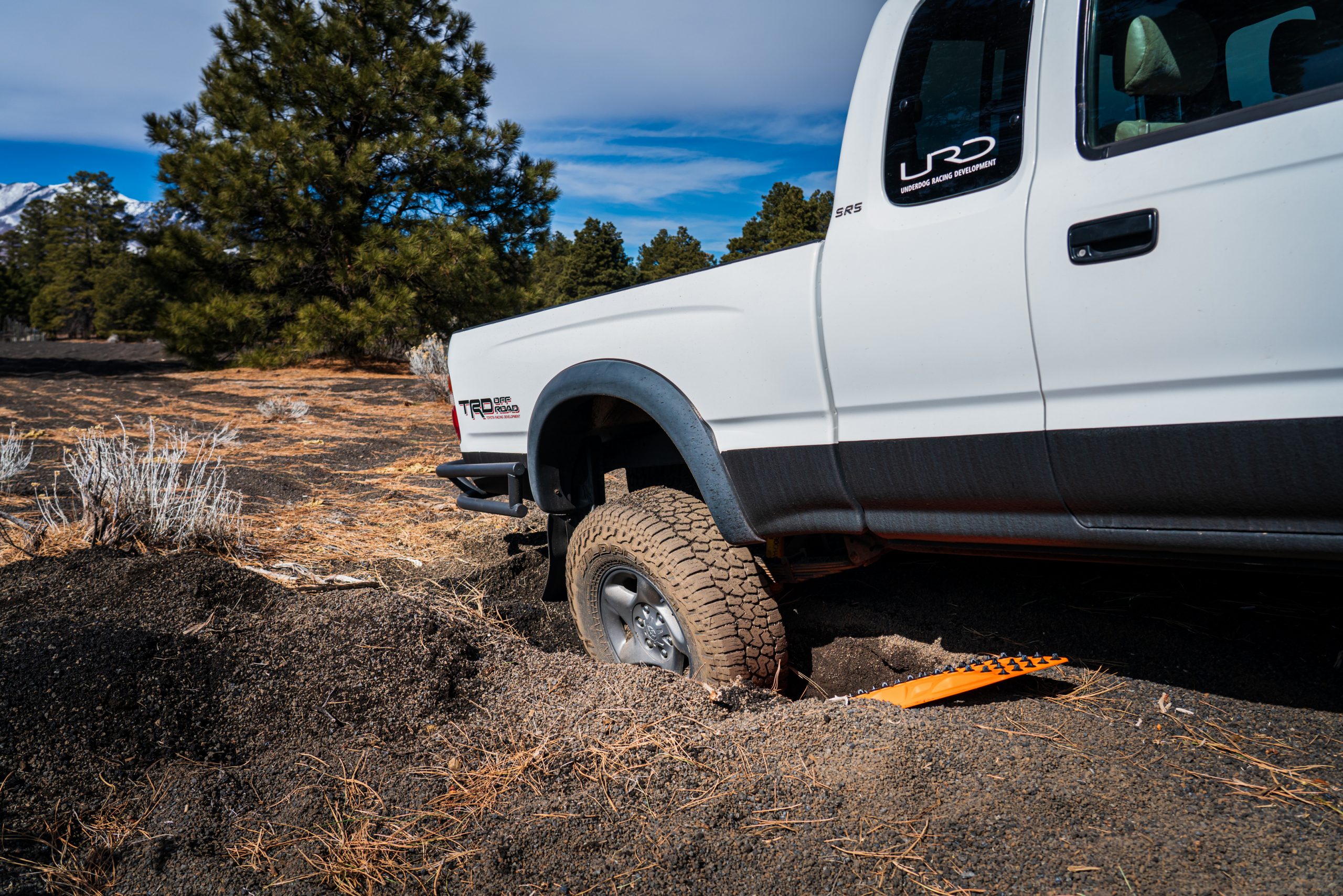 If you’re trying to decide between the XTREME’s and Mark II’s, know that you can’t go wrong with either. But, let me offer a few hypothetical questions to help you identify which MAXTRAX are right for you. If you’re the type of person who isn’t getting stuck every time out, or when you do get stuck you’re not prone to using panic throttle, Mark II’s are a great option that will last you a very long time.
If you’re trying to decide between the XTREME’s and Mark II’s, know that you can’t go wrong with either. But, let me offer a few hypothetical questions to help you identify which MAXTRAX are right for you. If you’re the type of person who isn’t getting stuck every time out, or when you do get stuck you’re not prone to using panic throttle, Mark II’s are a great option that will last you a very long time.
 The additional performance of the XTREME’s comes with additional costs in several areas. A single XTREME weighs a couple pounds more than a Mark II (10 pounds vs. 8), and a set of XTREME’s doesn’t stack as tightly as a set of Mark II’s (4x Mark II’s are ~ 4 inches tall, where 4x XTREME’s are ~ 5.5 inches tall). But the biggest pain point of all is the cost – a pair of them cost $500 whereas a pair of Mark II’s costs $300. Yet for the folks who truly need the performance of an XTREME, these factors are hardly a consideration when weighed against the benefits.
The additional performance of the XTREME’s comes with additional costs in several areas. A single XTREME weighs a couple pounds more than a Mark II (10 pounds vs. 8), and a set of XTREME’s doesn’t stack as tightly as a set of Mark II’s (4x Mark II’s are ~ 4 inches tall, where 4x XTREME’s are ~ 5.5 inches tall). But the biggest pain point of all is the cost – a pair of them cost $500 whereas a pair of Mark II’s costs $300. Yet for the folks who truly need the performance of an XTREME, these factors are hardly a consideration when weighed against the benefits.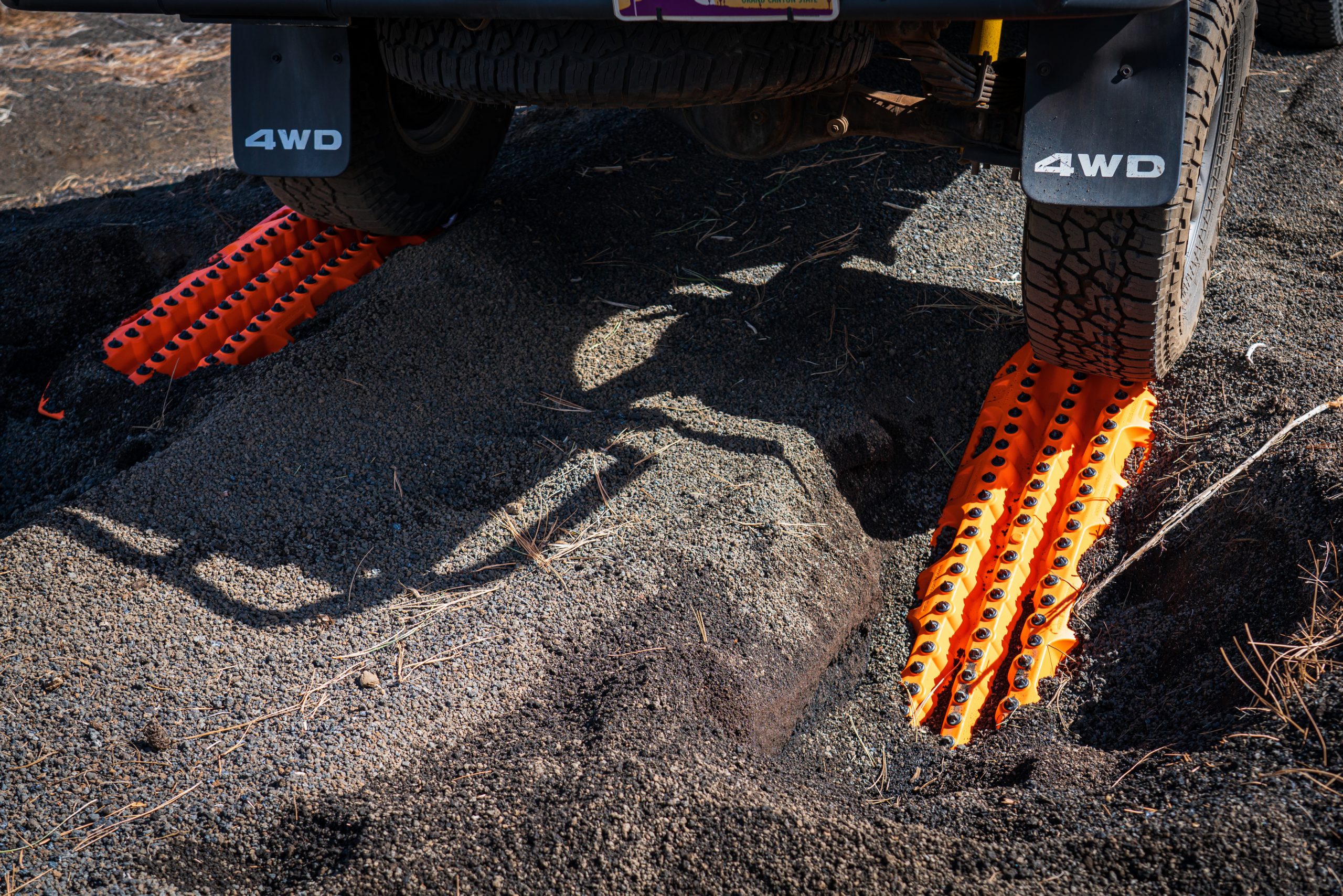 I’m sure by now someone is getting ready to fire off a smart comment to the effect of “but I can buy X sets of <insert cheap brand vehicle recovery board here> for the price of one set of MAXTRAX” Well that may be true – but everyone who makes that argument always seems to assume that they’re going to have data coverage and instant Amazon Prime delivery wherever in the world they are when they break their first set of cheapo traction boards trying to get unstuck or get home. I know Amazon delivers in cool Sprinter vans, but I sure haven’t seen many off-road. My suggestion would be to do it right the first time and get a product that isn’t going to let you down when it counts.
I’m sure by now someone is getting ready to fire off a smart comment to the effect of “but I can buy X sets of <insert cheap brand vehicle recovery board here> for the price of one set of MAXTRAX” Well that may be true – but everyone who makes that argument always seems to assume that they’re going to have data coverage and instant Amazon Prime delivery wherever in the world they are when they break their first set of cheapo traction boards trying to get unstuck or get home. I know Amazon delivers in cool Sprinter vans, but I sure haven’t seen many off-road. My suggestion would be to do it right the first time and get a product that isn’t going to let you down when it counts. In summary, you can’t go wrong with MAXTRAX. Yeah, you’re going to pay for them up front, but the first time you use them in a recovery and get to fully appreciate what a powerful tool they are you’ll find yourself saying “worth it” when your mobility is restored. In my experience, the difference between cheap alternatives and the genuine article has been night and day, and there’s plenty of good videos on the internet that corroborate my experience. I certainly don’t want to roll the dice on my family’s well being just to save a couple bucks. You can’t put a price on the peace of mind that comes from knowing you have quality tools with you to see the world and then see your friends and family back home safely.
In summary, you can’t go wrong with MAXTRAX. Yeah, you’re going to pay for them up front, but the first time you use them in a recovery and get to fully appreciate what a powerful tool they are you’ll find yourself saying “worth it” when your mobility is restored. In my experience, the difference between cheap alternatives and the genuine article has been night and day, and there’s plenty of good videos on the internet that corroborate my experience. I certainly don’t want to roll the dice on my family’s well being just to save a couple bucks. You can’t put a price on the peace of mind that comes from knowing you have quality tools with you to see the world and then see your friends and family back home safely.